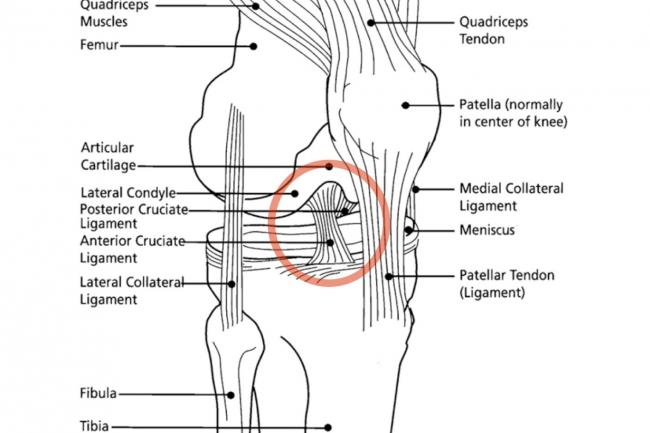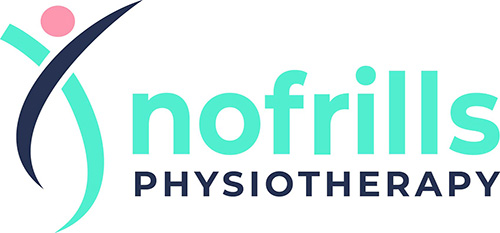Services
ACL Injury
Athletes in sports like basketball, netball, soccer, and badminton may feel their knee “giving way” or “locking” after twisting injuries. “Giving way” often suggests an ACL injury, while “locking” may indicate a meniscus tear.
What is an ACL Injury?
The ACL is a robust ligament located within the knee joint, primarily responsible for preventing the forward movement (anterior translation) of the tibia relative to the femur.
During sports, when athletes change direction quickly, they often twist their knee inward, which places increased strain on the ACL and puts it at risk of tearing. An ACL tear typically occurs when the knee is forced downward and inward beyond the ligament’s capacity to withstand stress. Many individuals report hearing a “pop” sound at the moment of injury.
Unfortunately, the ACL is rarely the only ligament affected. Such injuries often involve a minor tear in the Medial Collateral Ligament (MCL) and either a medial or lateral meniscus tear. Collectively, these injuries are commonly referred to as the “Unhappy Triad” or “Terrible Triad.”

Meniscal Injury
The meniscus is a crescent-shaped cartilage located in the knee that acts as a cushion, absorbing impact between the leg and thigh bones. While the meniscus effectively handles stress from up-and-down motions, it is less resilient under twisting movements, especially when compressed. Such twisting can lead to a tear in the meniscus. When the torn section blocks knee movement, the knee may feel “locked.”
Immediate swelling and severe pain in the knee are common signs of this type of injury. However, there can be instances where swelling develops later or may not occur at all. Providing your Doctor or Physiotherapist with a detailed account of how you injured your knee will assist in diagnosing the issue.
Addressing the Issue
Unfortunately, ACL injuries do not heal on their own due to the ligament’s limited blood supply. A torn ACL typically requires surgical reconstruction using either the hamstring tendon or the patellar tendon.
Athletes who undergo this surgery usually need an additional 6 to 9 months of rehabilitation before they can return to full training.
However, about 20% of individuals with ACL tears can manage their daily activities without surgical intervention. To do so successfully, the hamstring, quadriceps, gluteus medius, and gastrocnemius muscles must maintain good strength and control.
In addition to strengthening exercises, gradually reintroducing specific sports training is crucial to condition the muscles and develop an anticipatory reaction (feed-forward mechanism) to help prevent future injuries.
Moreover, sports taping of the knee can provide temporary support for the ACL and MCL, helping athletes cope with the injury until the end of the season.

Office
279 Tanjong Katong Road
Singapore 437062
Monday to Friday : 9am – 8pm
Saturday : 10am – 7pm
Sunday : 10am – 6pm
Services
Knee Pain
Shoulder Pain
Neck Pain
Elbow and Wrist Pain
Ankle and Foot Pain
Stretch Therapy
Sports Therapy
Women's Health
Contact
(+65) 9007 1085
hello@nofrillsphysiotherapy.com
Address: 279 Tanjong Katong Road
Singapore 437062
Other Physiotherapy Services
Shockwave Therapy
Dry Needling
Sports Massage
Functional Fitness
Workplace Health
